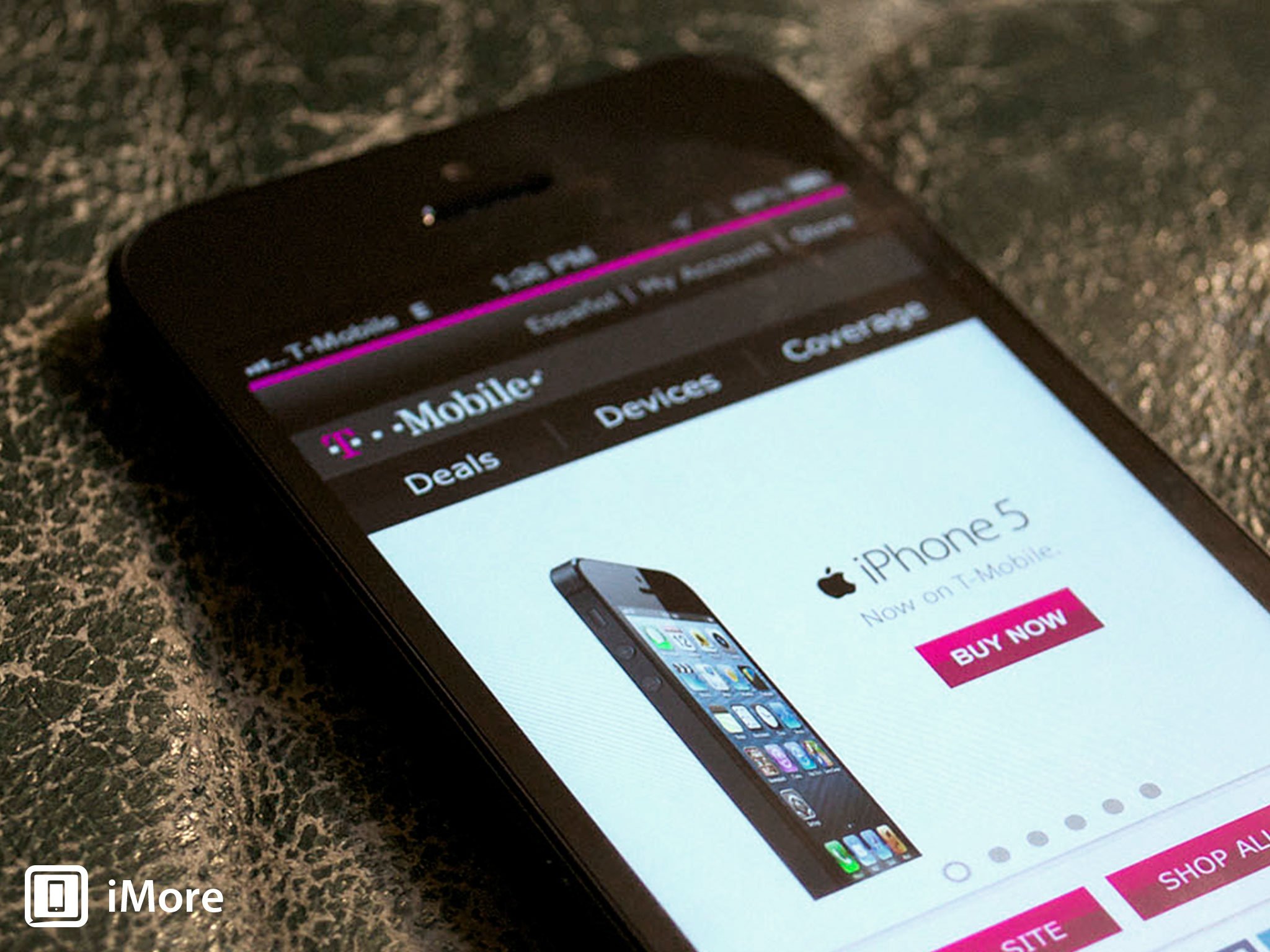From 2G to 4G: How to make sure you get the T-Mobile iPhone 5 performance you deserve!

After its failed merger with AT&T, it seemed that T-Mobile was doomed. But the company has come roaring back with a 4G network buildout, game-changing contract deals for its customers, and an aggressive marketing campaign. I decided to switch to T-Mobile when I got my iPhone 5, but I ran into a few roadblocks that finally got sorted this past weekend.
T-Mobile uses GSM, the same type of technology that AT&T uses for its wireless coverage throughout the US. While T-Mobile's network isn't as wide as AT&T, they do have some advantages - there's a lot less traffic congestion on T-Mobile's network, so you get faster data transfer speeds in heavily populated areas, for example. T-Mobile is building out its LTE network to help accommodate the faster speeds of the iPhone 5 and other LTE-capable devices.
T-Mobile also costs less than the competition, and doesn't force customers into long-term plans that incur steep early termination fees for leaving early. That, and an irrepressible desire to support the plucky underdog, is what drew me in. And as the proud owner of a new unlocked iPhone 5, I figured it was as easy as going to my local T-Mobile store, signing up for service, popping in a nanoSIM and going.
It wasn't. I was left with a phone that was crippled.
In major urban areas and a few outlying, wealthy and populated suburbs, my phone would show a 4G or LTE connection. But most of the time I was relegated to EDGE speeds. That's right, 2G.
For a long time, the running joke was that the iPhone, especially on AT&T's network, could do anything except make a phone call. (When the iPhone finally came to Verizon, I'd ask people if they knew what the killer app was on the Verizon iPhone, then show them the phone app.)
With T-Mobile, I was stuck at the opposite end of the spectrum - my iPhone worked great for voice calls, but everything else sucked. Unless I was on a trip to New York or San Francisco - then everything worked fabulously.
Master your iPhone in minutes
iMore offers spot-on advice and guidance from our team of experts, with decades of Apple device experience to lean on. Learn more with iMore!
I checked a few times with T-Mobile, and they told me that they're in the process of "refarming" their cell phone towers. The bulk of T-Mobile's network in outlying areas comprises second-generation PCS technology which operates on the 1900 megahertz spectrum. Those are the towers that my iPhone was connecting with 90 percent of the time.
Those towers are being converted from EDGE to 4G HSPA+. As this buildout happens, people with unlocked iPhones from AT&T should see faster service. But it's going to take a long time for T-Mobile to get its entire network there - probably at least through the end of 2013.
This is where I was ready to throw in the towel and just go with AT&T, which I had been reluctant to do because, well, I have my reasons.
Then it dawned on me: You can buy an iPhone 5 on contract from T-Mobile that works just great on T-Mobile's network. I spoke with a T-Mobile rep about it.
"Well, sure, we can sell you an iPhone 5 that works every bit as good as every other phone on our network," he said. "But it's a locked phone."
Shouldn't I have had essentially the same phone from Apple, minus the locked profile?
Turns out I didn't.
T-Mobile started selling the iPhone 5 on April 12, 2013. I got my iPhone around April 15. My unlocked GSM phone - a $649 phone direct from Apple - was missing the frequency support to communicate on T-Mobile's network.
It took me about an hour and a half at a local Apple Store to convince the Genius who was helping me - and later the store manager - that all I needed to do was to swap out my phone with another unlocked GSM model. Once that was done, I had a new iPhone 5 in hand, with the same T-Mobile nanoSIM, and it works on 4G almost everywhere.
I must have gotten stuck with some old channel inventory before Apple began shipping iPhone 5s optimized for T-Mobile.
There were a couple of lessons I learned along the way that are worth passing along:
- Unlocked phones are worth the money, compared to the cost of buying a locked phone and paying a long-term contract. It's more money out of your pocket up front, but less money out of your pocket in total.
- They're especially worth the money if you plan to travel internationally. Buy a new nanoSIM when you arrive at your destination and be saved the hideous expense of international roaming rates.
- The unlocked iPhone 5 that's sold in the Apple Store today works every bit as good on T-Mobile as phones bought from T-Mobile.
- If your unlocked iPhone 5 is stuck in 2G hell on T-Mobile and it's still under warranty, go back to where you purchased it and explain to them it's not working right. Don't take no for an answer - insist on getting your phone swapped out.

